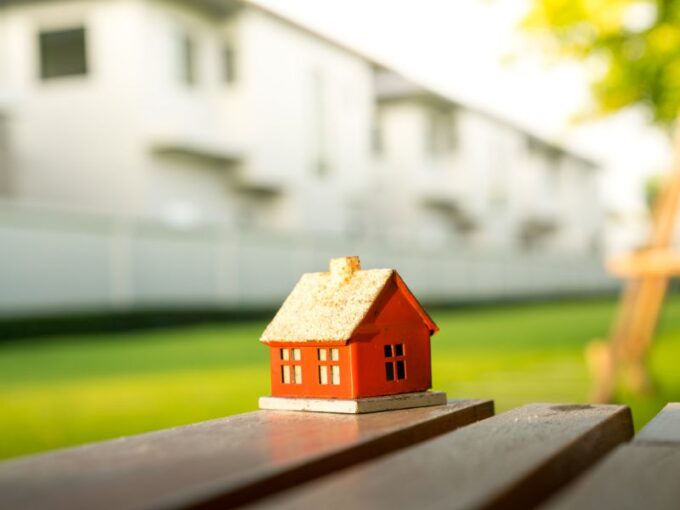 As far as purchasing a home goes, “bigger is better” has often been the mantra. However, the trend of downsizing and tiny homes has gained significant traction in recent years, prompting many to rethink their approach to living spaces. This shift towards smaller, more efficient living has far-reaching implications for our lifestyles, our environmental footprint, and the way we view material possessions.
As far as purchasing a home goes, “bigger is better” has often been the mantra. However, the trend of downsizing and tiny homes has gained significant traction in recent years, prompting many to rethink their approach to living spaces. This shift towards smaller, more efficient living has far-reaching implications for our lifestyles, our environmental footprint, and the way we view material possessions.
What Are Tiny Homes?
Tiny homes, typically defined as dwellings with a total living space of 400 square feet or less, have been on the rise. These pint-sized abodes are designed with the intention of providing all the necessary amenities for a comfortable life, while significantly reducing the overall space required for living. Tiny homes come in various forms, from custom-built structures on wheels to repurposed shipping containers or small cottages.
The Appeal of Tiny Living
The appeal of tiny living extends far beyond just aesthetics. Here are some of the key reasons people are drawn to downsizing and tiny homes:
Financial Freedom: Tiny homes are often significantly more affordable than traditional houses. With lower upfront costs and reduced monthly expenses, such as utility bills and property taxes, tiny homeowners can experience financial freedom.
Environmental Consciousness: The smaller size of tiny homes typically means a smaller carbon footprint. Many tiny homes are built with sustainable materials and incorporate energy-efficient features, making them an eco-friendly housing option.
Simplified Lifestyle: Downsizing forces you to declutter and prioritize what truly matters. A tiny home encourages a simplified and minimalistic lifestyle, focusing on experiences and relationships rather than material possessions.
Mobility: Many tiny homes are built on wheels, offering the opportunity for a nomadic lifestyle. This mobility appeals to those who desire the freedom to travel and change their surroundings regularly.
Community: The tiny house movement has led to the development of tiny house communities, where like-minded individuals can connect and live in close proximity, sharing resources and support.
Challenges of Tiny Living
While the trend of downsizing and tiny homes has many advantages, it’s not without its challenges:
Limited Space: The obvious challenge is the limited space, which may require creative solutions for storage and organization.
Zoning and Regulations: Many areas have zoning laws that restrict the placement of tiny homes, making it difficult for people to find suitable places to live.
Sacrifices: Downsizing often means giving up the comfort and space of a larger home. It can be a significant adjustment for those accustomed to a more spacious lifestyle.
Privacy: Living in close quarters with others can pose privacy challenges, and it’s important to have a harmonious living arrangement.
The Future of Tiny Homes
The trend of downsizing and tiny homes is likely to continue growing in popularity. As urbanization, environmental concerns, and financial constraints drive more people to seek alternative housing options, tiny homes provide a viable solution. Additionally, the ongoing development of tiny home communities and the increasing acceptance of these dwellings by local governments may help further mainstream this trend.
The trend of downsizing and tiny homes challenges the traditional notion of homeownership and encourages a more intentional, sustainable, and minimalist way of living. While there are challenges to consider, the benefits, including financial freedom, a reduced environmental footprint, and a simplified lifestyle, make tiny homes an appealing option for those looking to embrace a new way of living. As this trend continues to gain momentum, it will be interesting to see how it shapes the future of housing and communities around the world.
